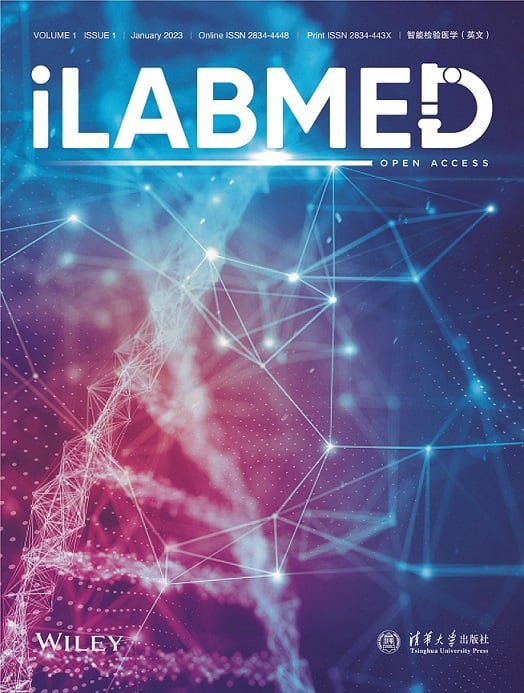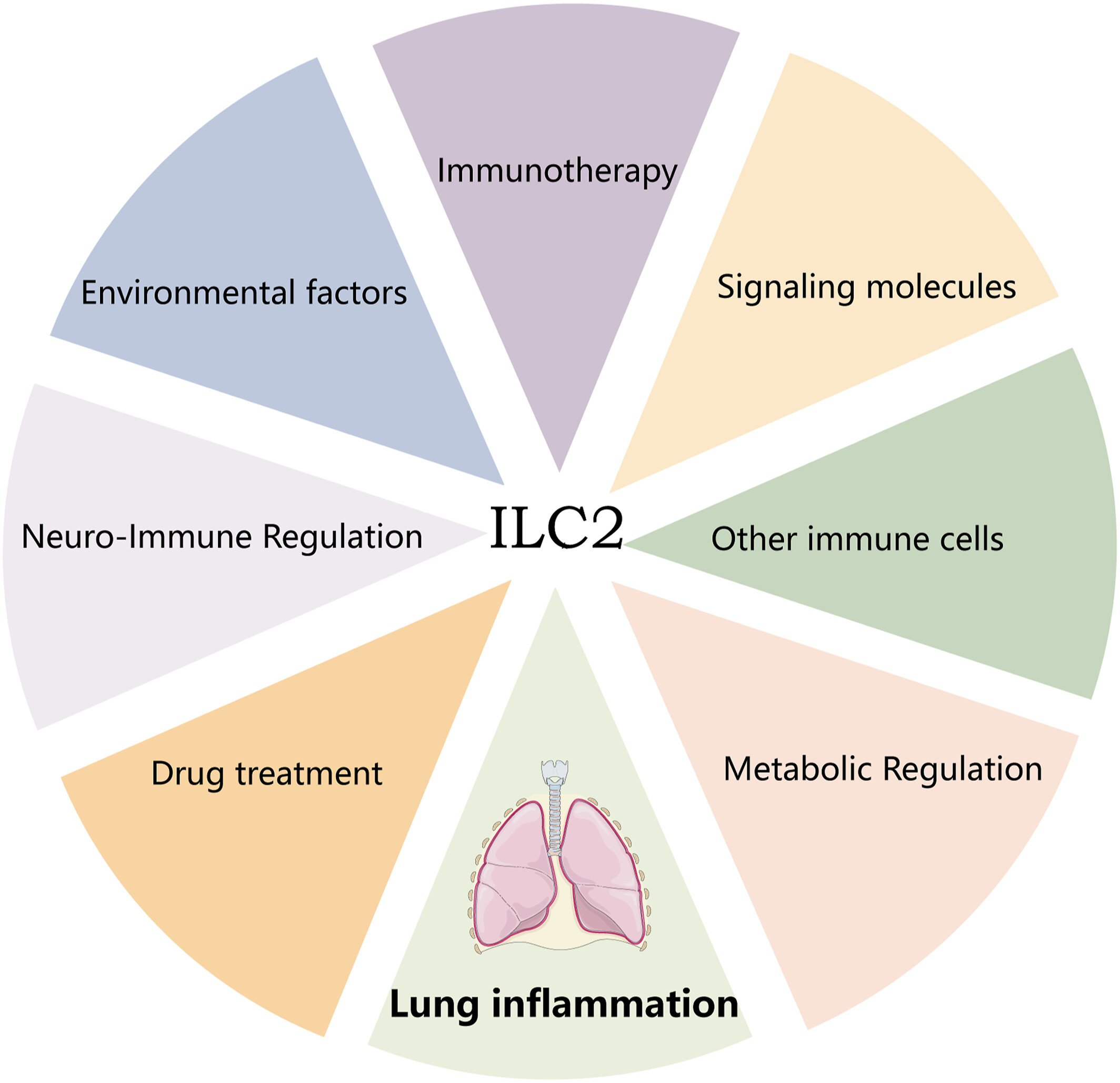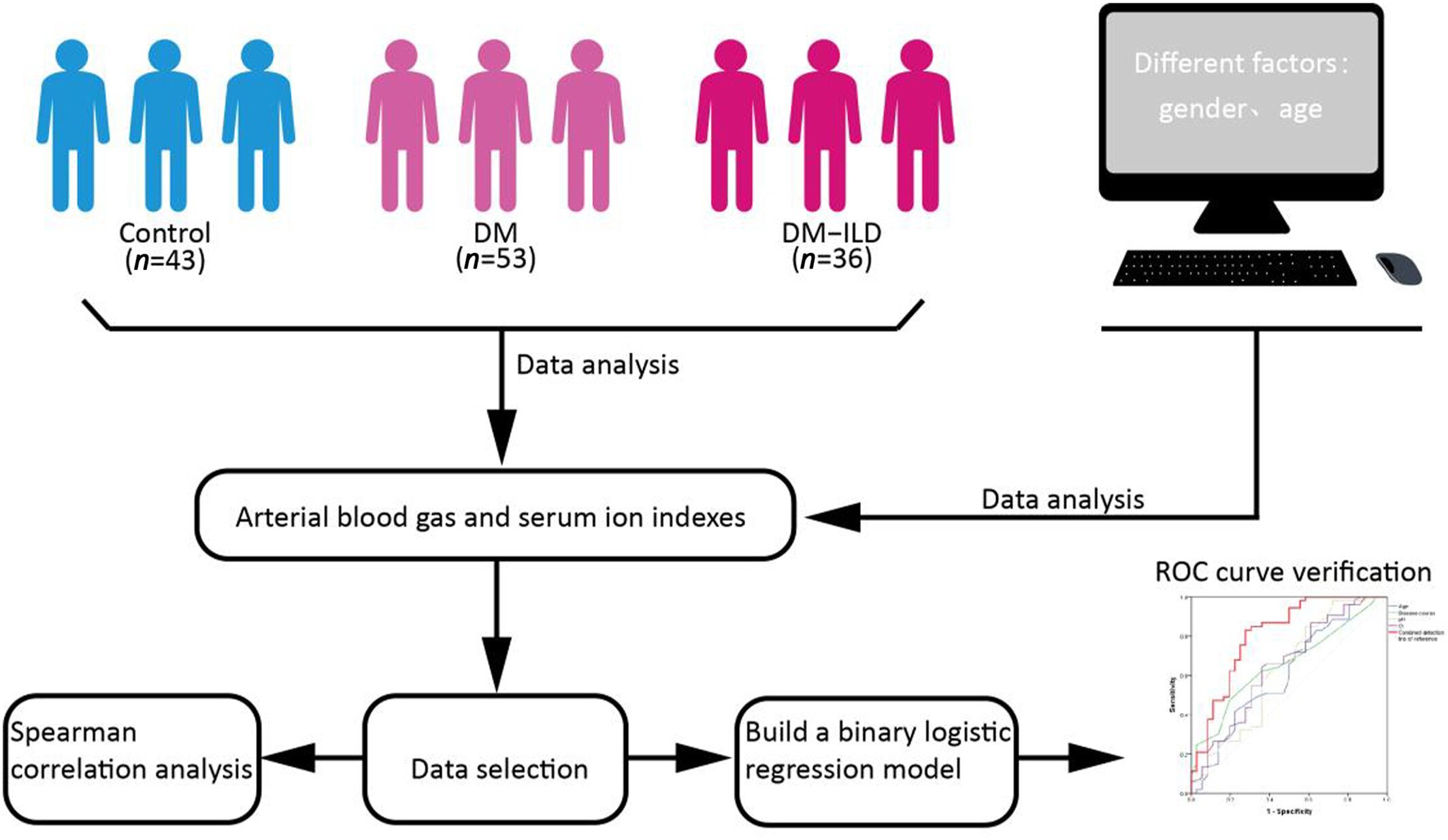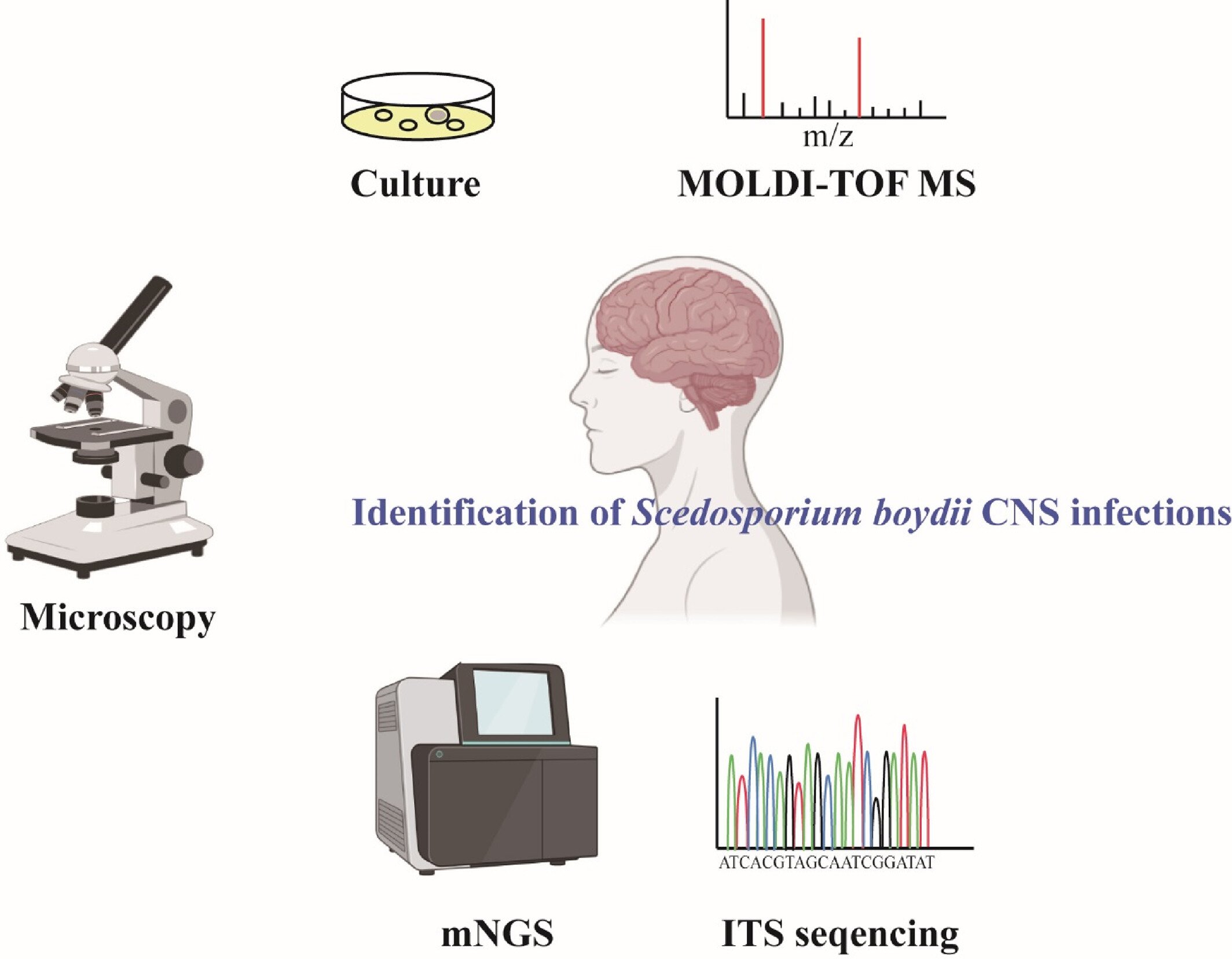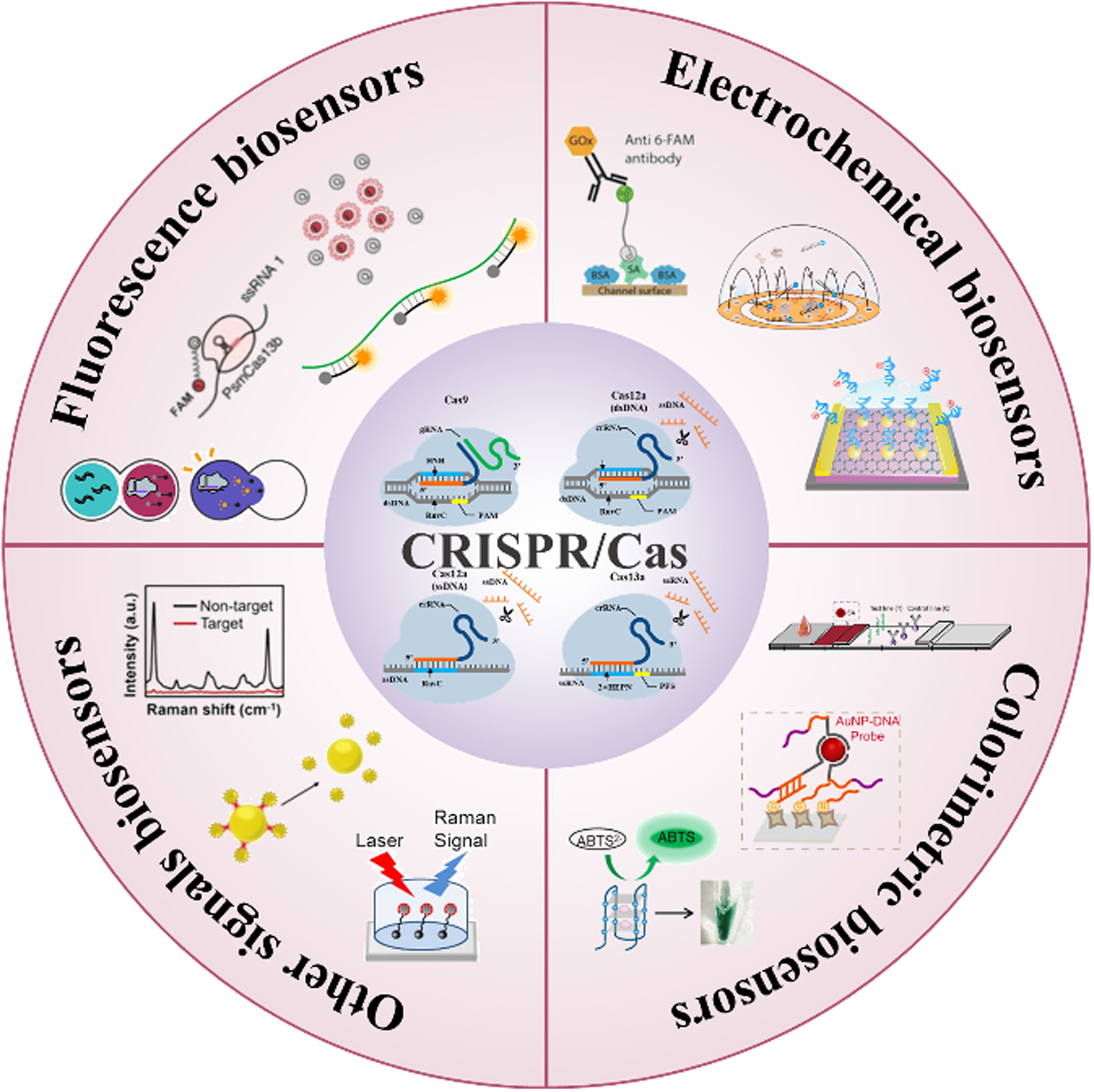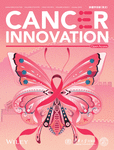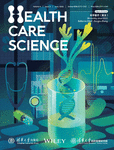Editors-in-Chief: Hongzhou Lu, Yi-Wei Tang, Asakawa Tetsuya & Eric von Hofe
Tsinghua University Press
iLABMED presents the latest developments in the clinical laboratory sciences. We cover key topics in all aspects of laboratory medicine and related multidisciplinary research.
Focusing on computer and data science enabled intelligent medicine, we unite researchers and clinicians from diverse medical subspecialities, including artificial intelligence, bioinformatics, proteomics, materials and more, to enable collaboration and further advance the field.
Journal Metrics
- 68%Acceptance rate
- 21 days Submission to first decision
Articles
Current Progress in Targeting Human Cytomegalovirus Infection
- 3 July 2025
Graphical Abstract
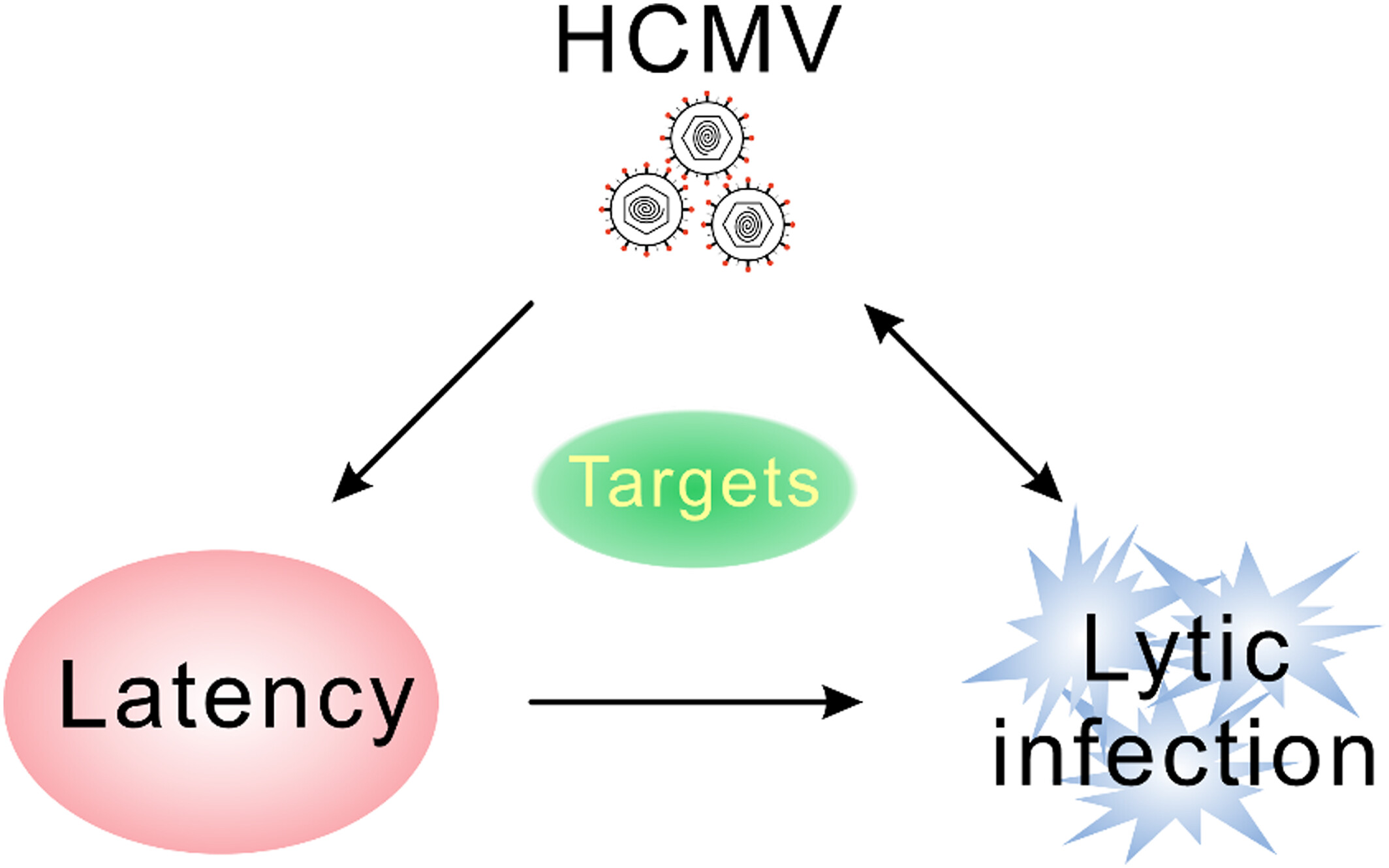
This review highlights recent advances in the mechanisms by which human cytomegalovirus (HCMV) maintains its genome in infected cells, as well as the cellular factors and viral antigens that modulate viral reactivation, which reveal potential targets for addressing HCMV infection. Additionally, the review discusses the development of therapeutics and vaccines against HCMV.
Recent Advances in DNA‐Based Strategies for the Capture, Detection, and Release of Circulating Tumor Cells
- 2 July 2025
Graphical Abstract
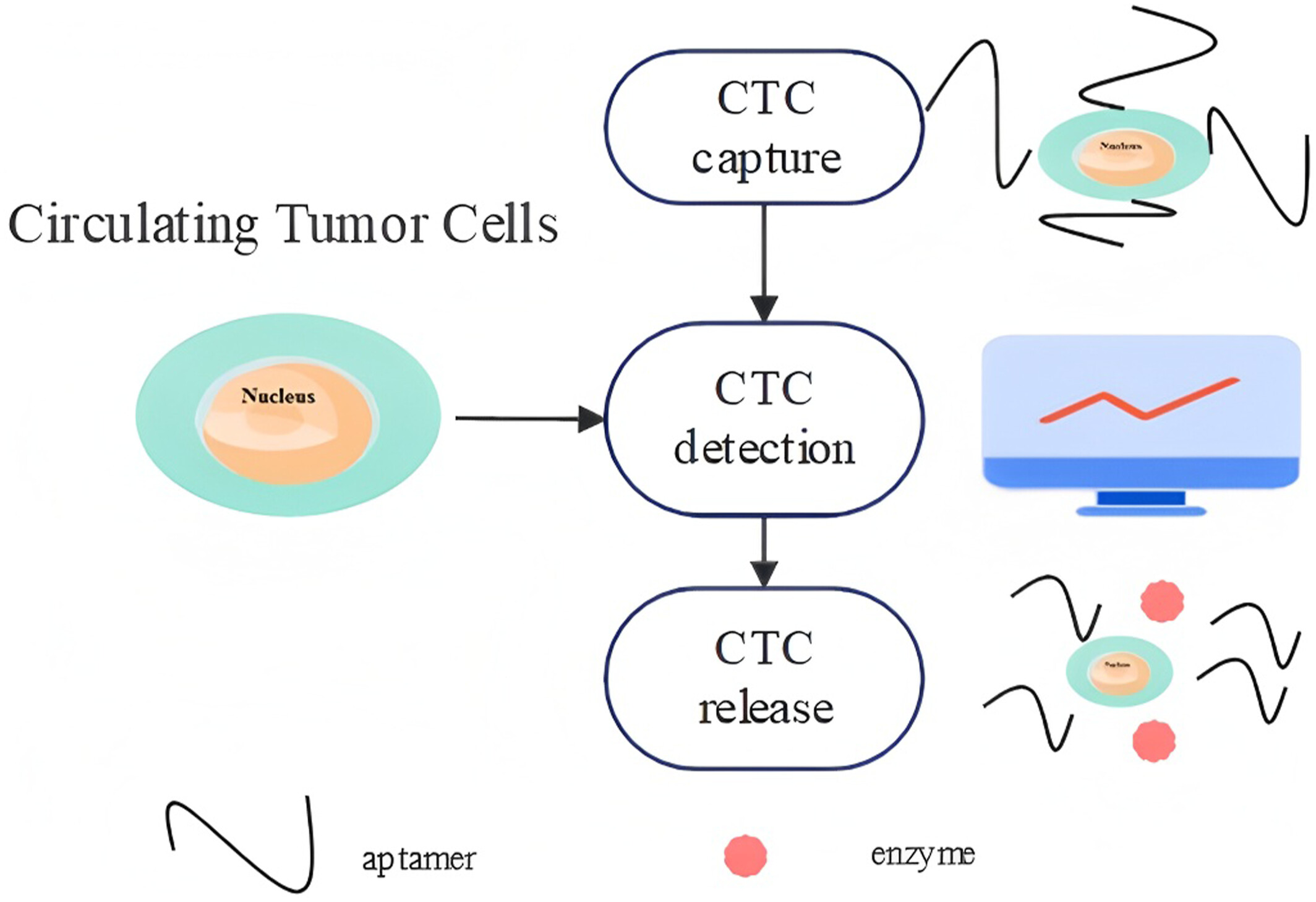
Circulating tumor cell (CTC) analysis has become a powerful tool for the early diagnosis of cancer, monitoring disease progression, and evaluating treatment efficacy. This article reviews the latest progress in CTC detection, capture, and release methods based on DNA materials and provides insights into current development trends and future research directions. We give a comprehensive overview of various strategies and discuss their design principles, characteristics, advantages, and limitations and the challenges faced by the CTC research field.
Analysis of the Clinical Value of Monocyte Human Leukocyte Antigen‐DR, Procalcitonin, and C‐Reactive Protein in Sepsis
- 1 July 2025
Graphical Abstract
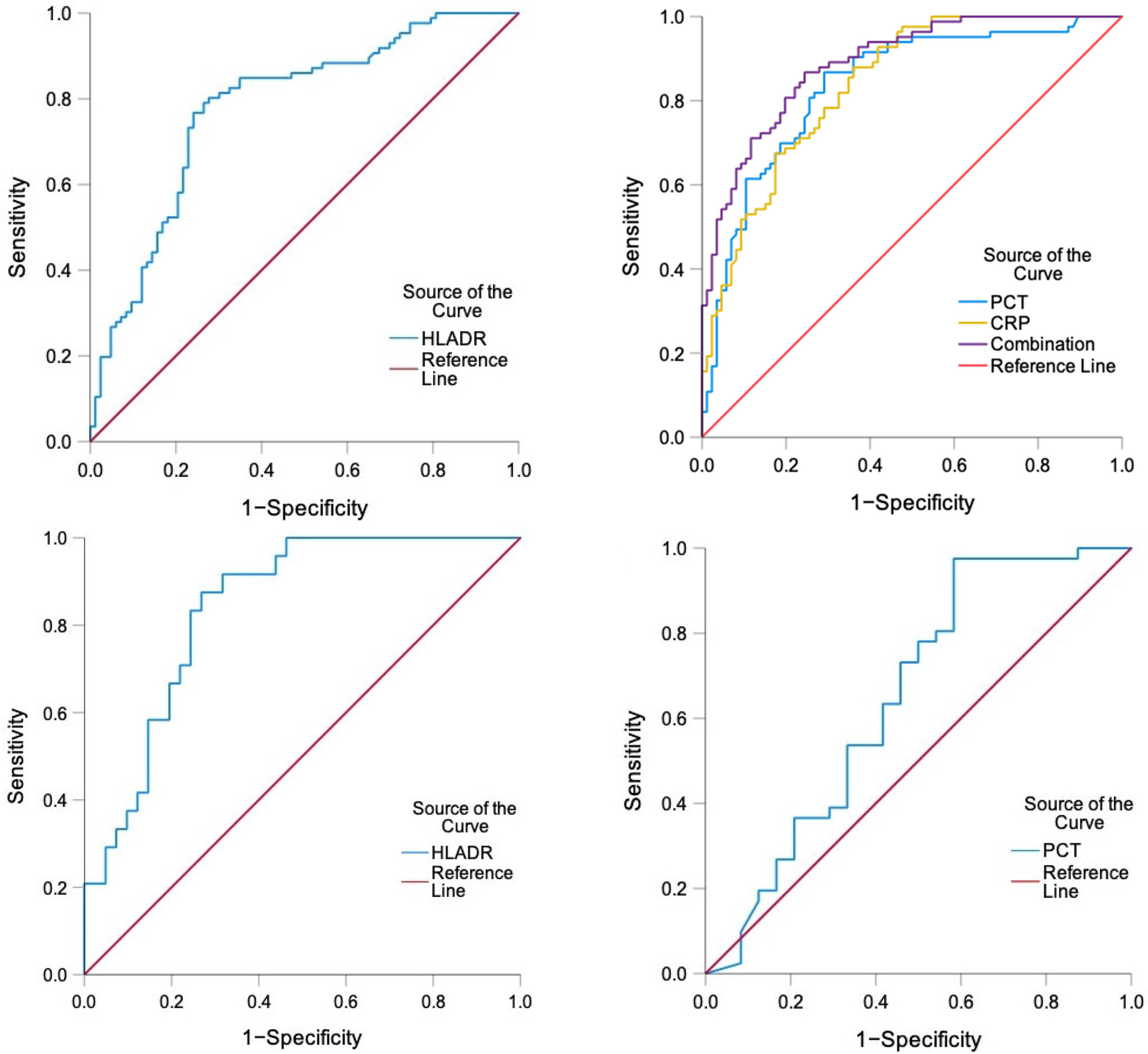
This study compared the clinical value of monocytic human leukocyte antigen-DR (mHLA-DR), procalcitonin (PCT), and C-reactive protein (CRP) in diagnosing and predicting sepsis outcomes, providing better guidance for clinical management. The diagnostic efficacy of PCT and CRP for sepsis was superior to that of mHLA-DR, but mHLA-DR demonstrated a significantly better predictive efficacy than PCT in evaluating sepsis prognosis, while there was no significant difference in CRP levels between the survival and non-survival groups.
Extrachromosomal Circular DNA: Emerging Insights Into Cardiovascular Disease Mechanisms and Biomarker Potential
- 29 June 2025
Graphical Abstract
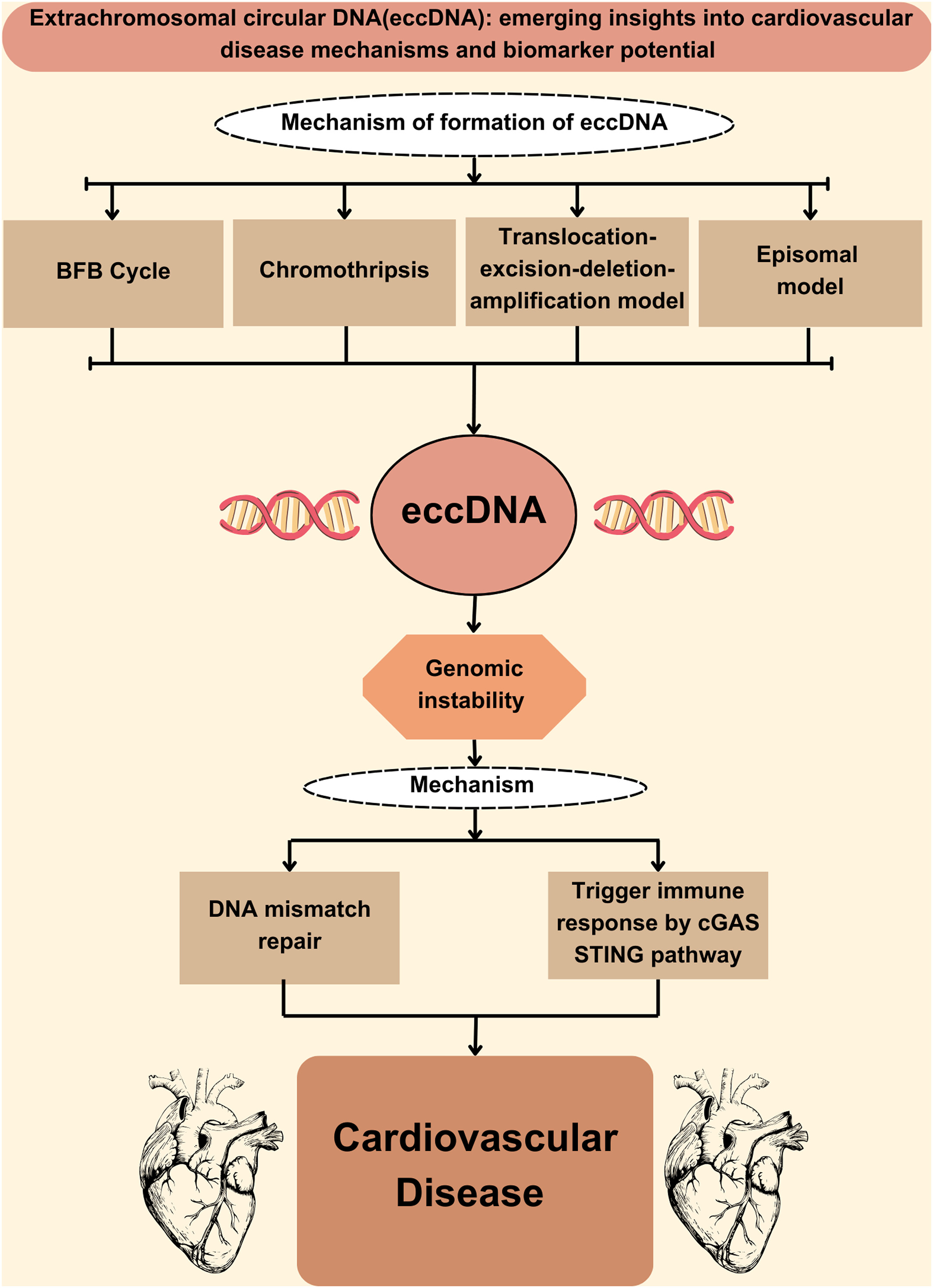
Extrachromosomal circular DNA (eccDNA) has quite recently turned out to be a cardinal component in cardiovascular diseases (CVD), governing the gene expression and mechanisms of disease causation. Studies indicated an upregulation of eccDNA in pulmonary arterial hypertension (PAH), which makes it strikingly potential as a sensitive and specific biomarker. High-throughput sequencing advances enabled the detection of massive amounts of eccDNA from plasma, opening a new horizon in non-invasive diagnosis. Future studies shall elucidate the understanding of functional roles in CVD and provide novel therapies coupled with better clinical outcomes.
Electrical Impedance Tomography in Medical Applications: Brain and Lung
- 28 June 2025
Graphical Abstract
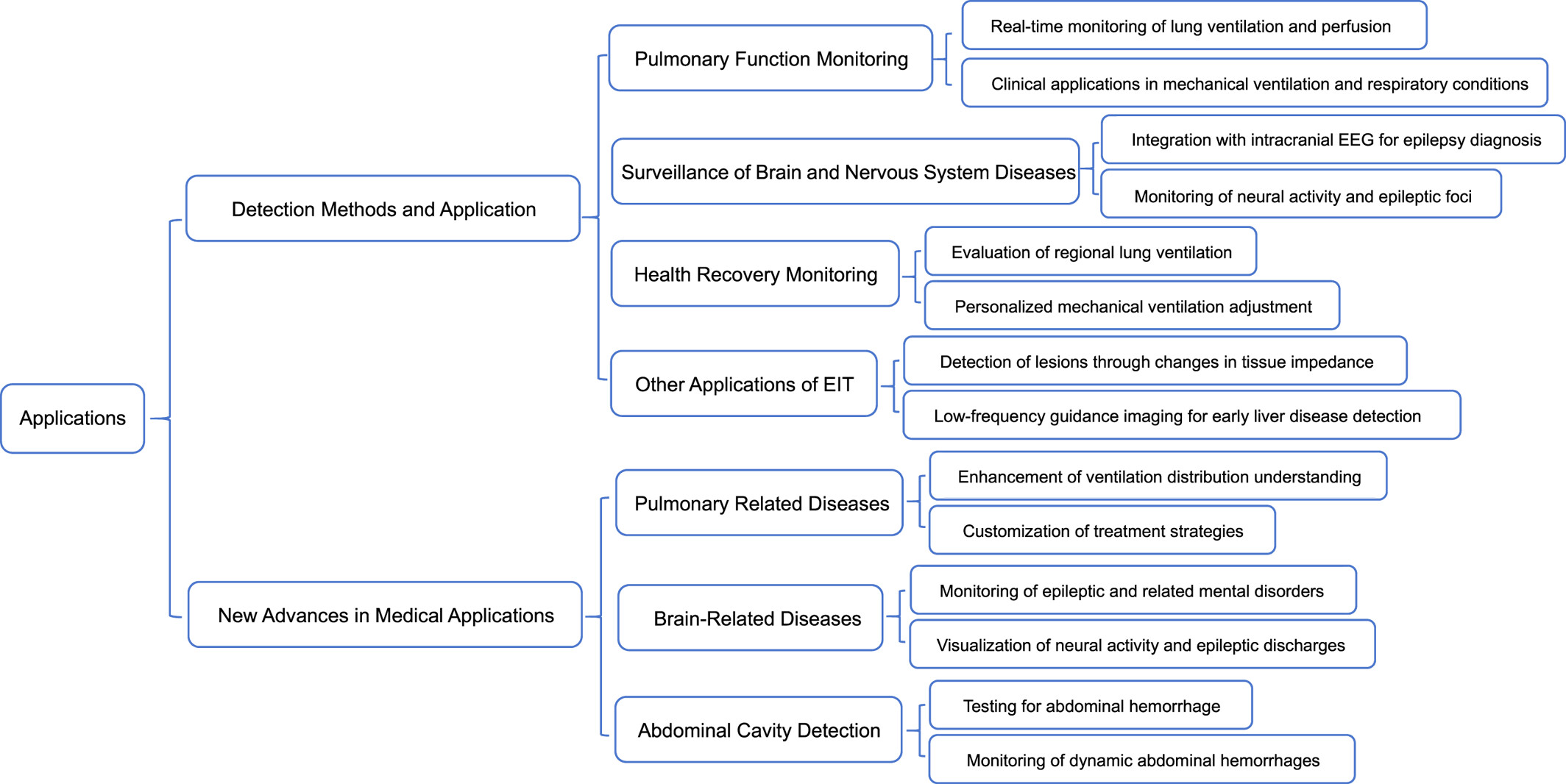
The clinical focus of EIT technology lies in lung function monitoring and neurological diseases, while also exploring new scenarios such as abdominal hemorrhage detection. Technological breakthroughs include the development of wearable devices and the optimization of hardware architecture. However, there are still challenges, such as limited spatial resolution, susceptibility to interference, and motion artifacts. In the future, with the advancement of intelligence and portability, EIT has great potential in personalized medicine and improving the level of intensive care.
The following is a list of the most cited articles based on citations published in the last three years, according to CrossRef.
Bottlenecks and recent advancements in detecting Mycobacterium tuberculosis in patients with HIV
- 44-57
- 10 May 2023
Graphical Abstract
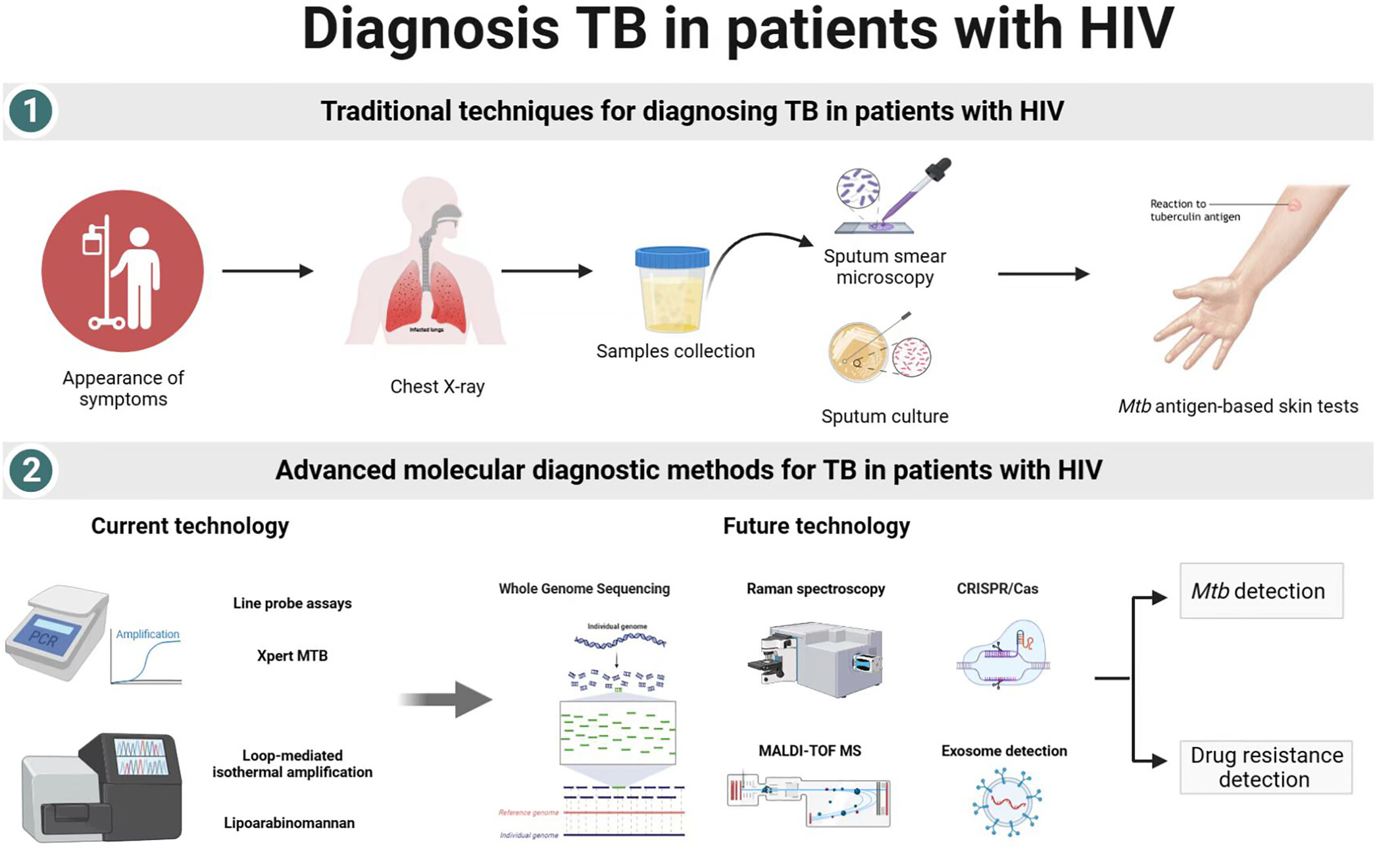
Tuberculosis (TB) is difficult to diagnose, particulally in HIV-positive individuals, leading to a delayed disease treatment and poor prognosis. Herein, we summarize the strengths and limitations of current TB diagnostic methods, and shed light on the obstacles of TB diagnosis in people living with HIV. In addition, we discuss newly-emerging technologies and advocate for combining multiple diagnostic tools to develop alternative strategies for TB diagnosis, especially in cases of HIV/TB co-infection.
Single cell metabolic phenome and genome via the ramanome technology platform: Precision medicine of infectious diseases at the ultimate precision?
- 5-14
- 9 May 2023
Graphical Abstract

At precisely one microbial cell resolution, the SCIVVS strategy enables total live cell counting, rapid species identification, species-resolved in situ vitality and antimicrobial susceptibility test, and source tracking directly from an infected clinical specimen. The integrated workflow is culture-free, fast, cost-effective and can be automated, making it a promising new tool in combating bacterial or fungal infections.
Clinical utility of six serum tumor markers for the diagnosis of lung cancer
- 132-141
- 12 September 2023
Graphical Abstract

This article investigated the clinical utility of the six serum tumor markers in differentiating between lung cancer and benign lung diseases through the comparative analysis of patient samples, and proved that combining the detection of ProGRP, NSE, CYFRA21-1, CEA, and SCCA significantly improves sensitivity when diagnosing lung cancer.
Diagnostic approaches for monkeypox virus
- 6-13
- 7 March 2024
Graphical Abstract
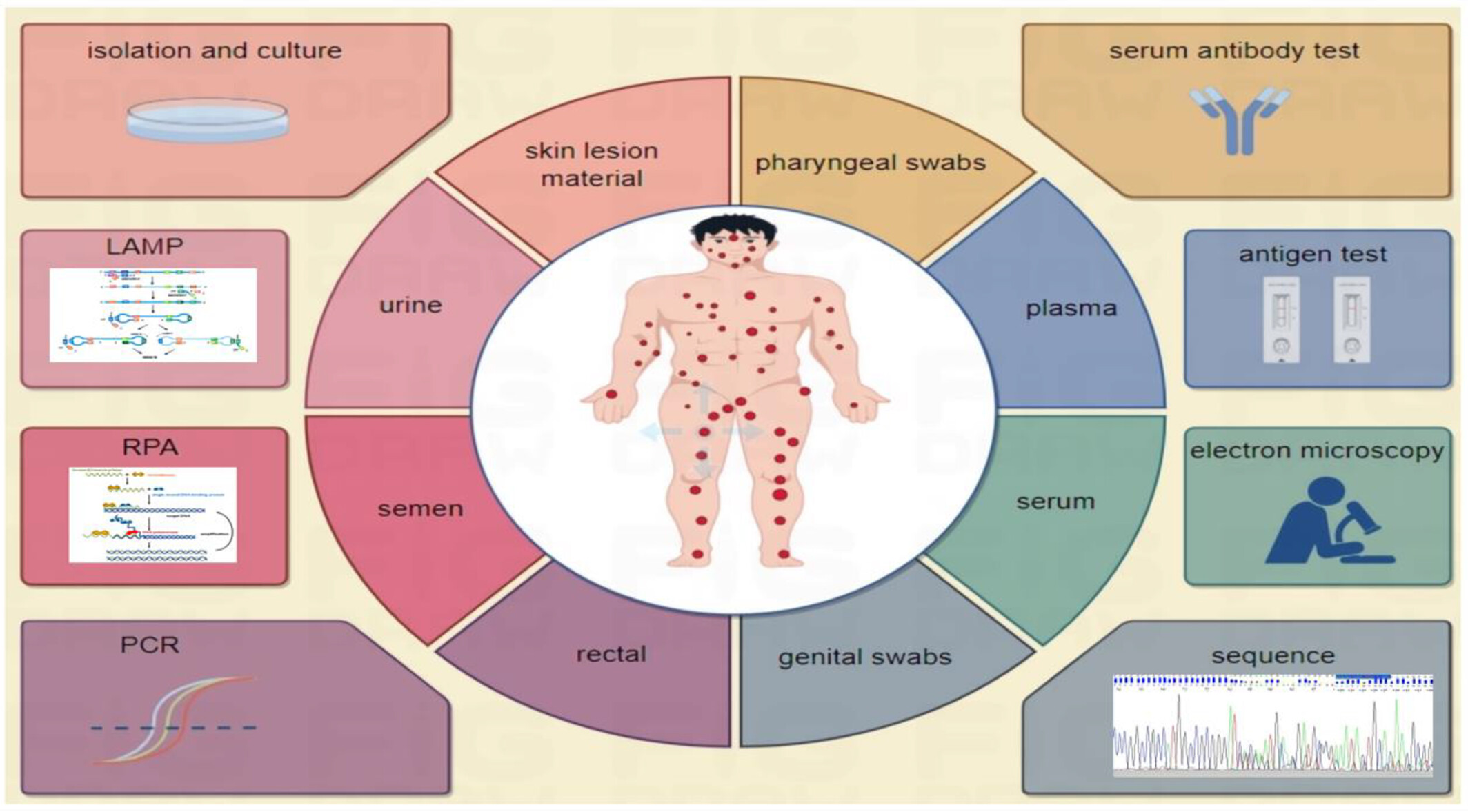
This review highlights the technical details, application scenarios, and the advantages and disadvantages of MPXV-specific diagnostic methods. The main diagnostic techniques include (1) monkeypox virus isolation and culture (2) immunoassays (3) molecular methods (4) electron microscopy. In addition, the types of specimens for MPXV detection and their uses are introduced.
Research progress of CRISPR/Cas systems in nucleic acid detection of infectious diseases
- 58-74
- 13 May 2023





